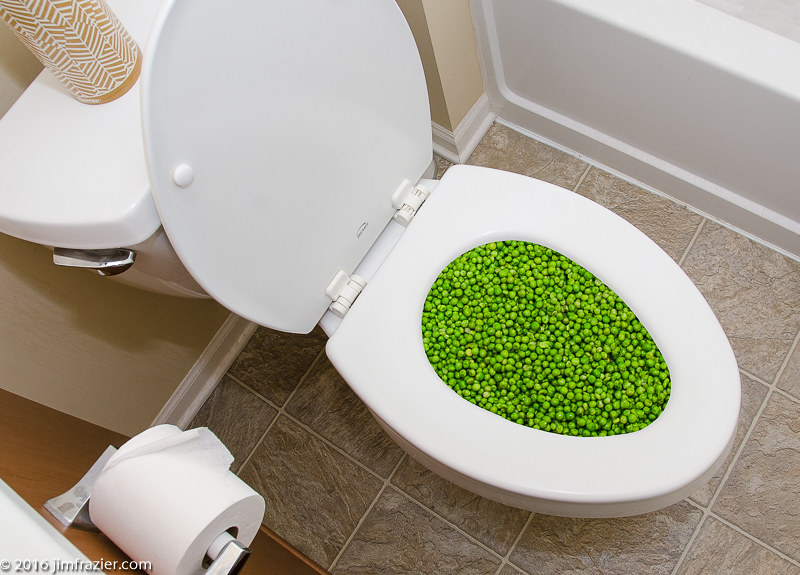Are You Allowed to Flush Food in the Toilet?
Are You Allowed to Flush Food in the Toilet?
Blog Article
Every person seems to have his or her own perception about Is it safe to flush food (especially rice) down the toilet?.

Introduction
Many individuals are typically confronted with the dilemma of what to do with food waste, particularly when it involves leftovers or scraps. One usual concern that develops is whether it's fine to purge food down the toilet. In this write-up, we'll explore the reasons why people could consider purging food, the consequences of doing so, and different methods for correct disposal.
Reasons individuals could take into consideration purging food
Absence of awareness
Some individuals may not understand the possible injury brought on by flushing food down the commode. They may erroneously think that it's a harmless technique.
Comfort
Flushing food down the bathroom might look like a fast and easy remedy to getting rid of unwanted scraps, particularly when there's no close-by garbage can readily available.
Idleness
In some cases, people may just select to flush food out of large laziness, without thinking about the repercussions of their actions.
Consequences of flushing food down the toilet
Environmental effect
Food waste that ends up in rivers can add to air pollution and harm aquatic ecological communities. In addition, the water made use of to flush food can strain water resources.
Plumbing issues
Flushing food can bring about clogged up pipelines and drains pipes, triggering expensive plumbing repair work and inconveniences.
Sorts of food that need to not be purged
Coarse foods
Foods with fibrous structures such as celery or corn husks can obtain tangled in pipes and trigger clogs.
Starchy foods
Starchy foods like pasta and rice can soak up water and swell, leading to obstructions in pipelines.
Oils and fats
Greasy foods like bacon or cooking oils must never ever be purged down the toilet as they can strengthen and trigger blockages.
Appropriate disposal approaches for food waste
Making use of a waste disposal unit
For homes geared up with garbage disposals, food scraps can be ground up and flushed through the plumbing system. Nevertheless, not all foods are suitable for disposal in this fashion.
Recycling
Specific food product packaging materials can be reused, decreasing waste and decreasing ecological effect.
Composting
Composting is a green way to dispose of food waste. Organic materials can be composted and made use of to enhance dirt for horticulture.
The relevance of appropriate waste administration
Minimizing environmental damage
Appropriate waste management techniques, such as composting and recycling, help reduce pollution and maintain natural resources for future generations.
Shielding pipes systems
By avoiding the practice of flushing food down the bathroom, home owners can protect against costly plumbing fixings and preserve the stability of their pipes systems.
Conclusion
In conclusion, while it may be appealing to purge food down the toilet for convenience, it is very important to comprehend the prospective effects of this activity. By taking on correct waste monitoring practices and throwing away food waste sensibly, people can add to much healthier plumbing systems and a cleaner environment for all.
FLUSH FOOD DOWN THE TOILET?
FLUSHING FOOD CAN CAUSE BLOCKED DRAINS IN YOUR HOME
All of the plumbing fixtures in your home are connected to the same sewer pipe outside of your home. This outdoor sewer pipe is responsible for transporting all the wastewater from your home to the Council sewer mains. Even small pieces of food that go down the kitchen sink can cause problems for your sewer. It should therefore be obvious that flushing larger bits of food, such as meat, risks a clog in either the toilet itself or the sewer pipes. Flushing greasy food is even more problematic because oil coagulates when it cools, coating the interior lining of your pipes.
THE TOILET IS NOT A BIN
Food isn’t the only thing that people shouldn’t be flushing down the toilet. People use the toilet to dispose of all kinds of things such as tampons, makeup wipes, dental floss, kitty litter and even underwear. Water goes to great lengths to educate residents about the high costs and stress placed on wastewater treatment systems simply from people flushing the wrong stuff down the toilet. It costs taxpayers millions of dollars each year, and homeowners thousands in blocked drain repairs.
FLUSHING FOOD IS A WASTE OF WATER
Flushing food is a waste of our most precious resource - water. In June this year Level 1 water restrictions were introduced to protect water supply from drought conditions. Much of New South Wales continues to be affected by prolonged drought with recent figures revealing up to 97 per cent of the state remains in drought. Depending on whether you have a single or dual flush toilet, every single flush uses between five and 11 litres of water. In the current climate this is a huge amount of water to be wasting on flushing food that should be placed in the bin (or better yet, the compost).
https://www.jabplumbingsolutions.com.au/blog/can-you-flush-food-down-the-toilet

We had been made aware of that report on Think Twice Before Flushing Food Down Your Toilet from a buddy on a different blog. Appreciated our entry? Please quickly share it. Let another person check it out. Thanks so much for going through it.
Click Here Report this page